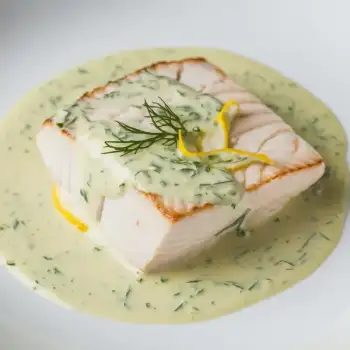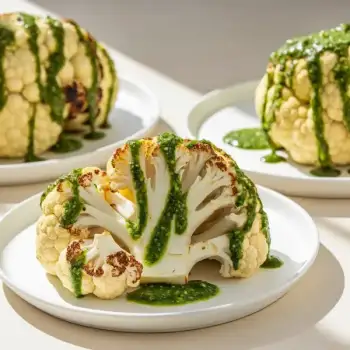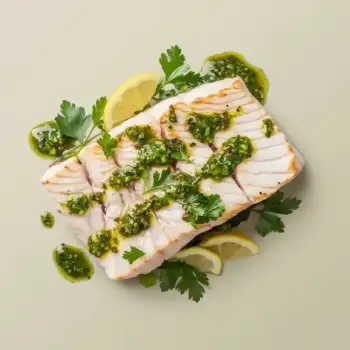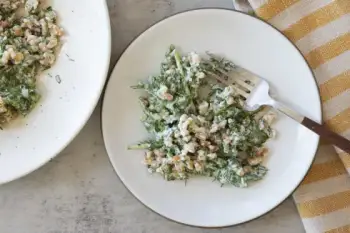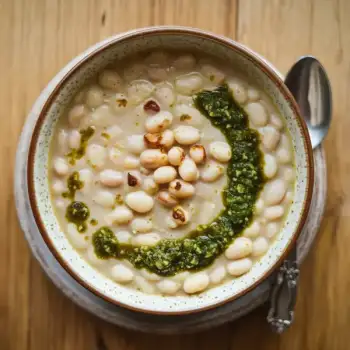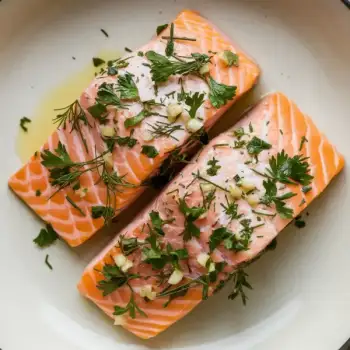


Dill Seed
The small, brown seeds of the dill plant, which have a different flavor profile than the leaves and are used as a spice.
Dill Paste
A convenient form of dill that has been blended into a paste, often combined with preservatives to extend its shelf life.
Dried Dill
Dehydrated dill leaves, which are less potent than fresh but can be stored for longer periods and used when fresh dill is not available.
Fresh Dill
Dill weed in its natural state, with feathery green leaves and a fragrant aroma, used for its fresh, bright flavor.




dill seed: Frontier Co-op or Simply Organic for their commitment to quality and organic sourcing.
dill paste: Gourmet Garden for their use of fresh herbs in a convenient tube.
dried dill: McCormick or Spice Islands for their consistent quality and availability.
fresh dill: No specific brand recommendation; typically sold by weight or in bunches at local markets or grocery stores.

Chopping: Finely chopping fresh dill is essential to maximize its flavor. Use a sharp knife and a chopping board, and be gentle to avoid bruising the delicate leaves.
Infusing: Dill can be infused into oils or vinegars to create flavorful dressings or marinades. Simply steep the dill in the liquid of choice at a low temperature to allow the flavors to meld.
Pickling: Dill is a classic ingredient in pickling. Combine it with vinegar, water, and spices to pickle vegetables like cucumbers, creating the traditional dill pickle flavor.





